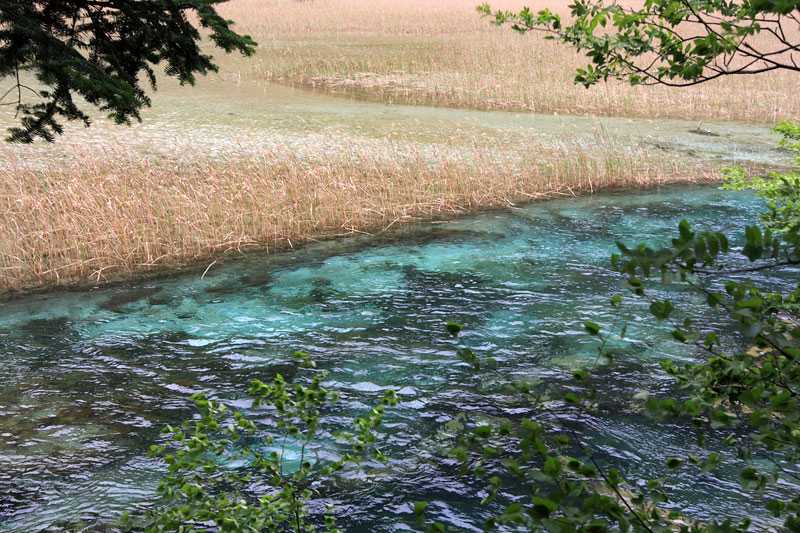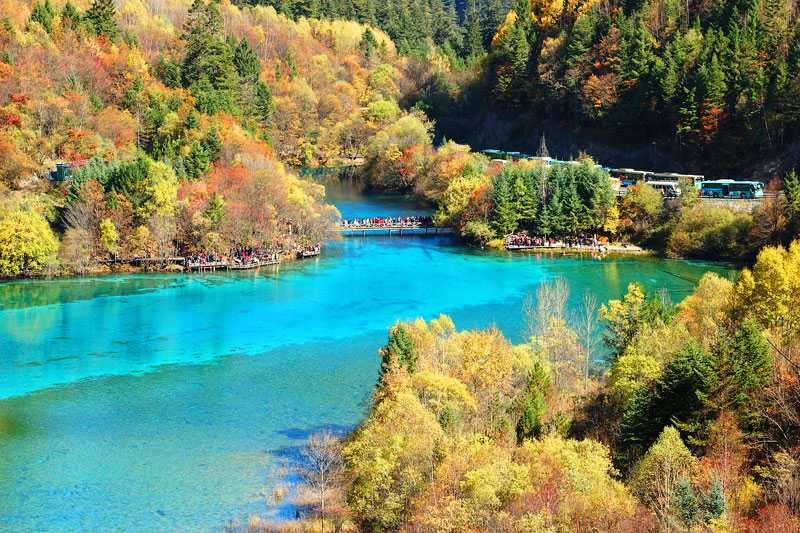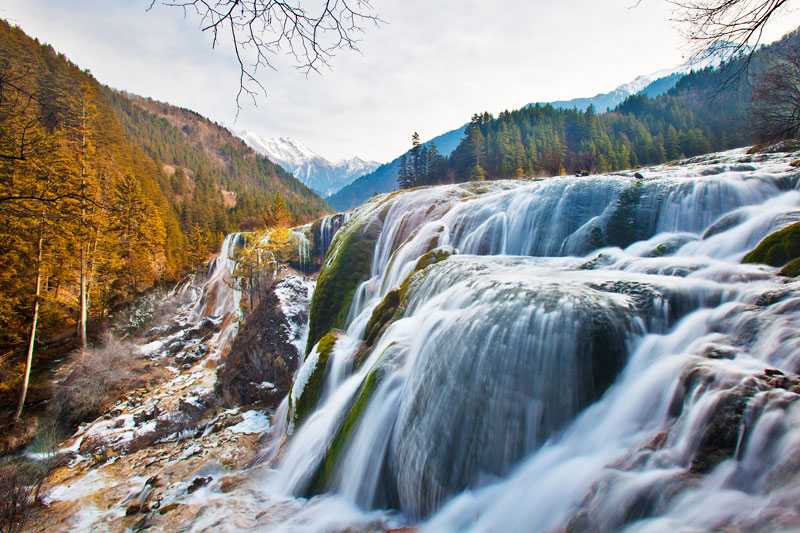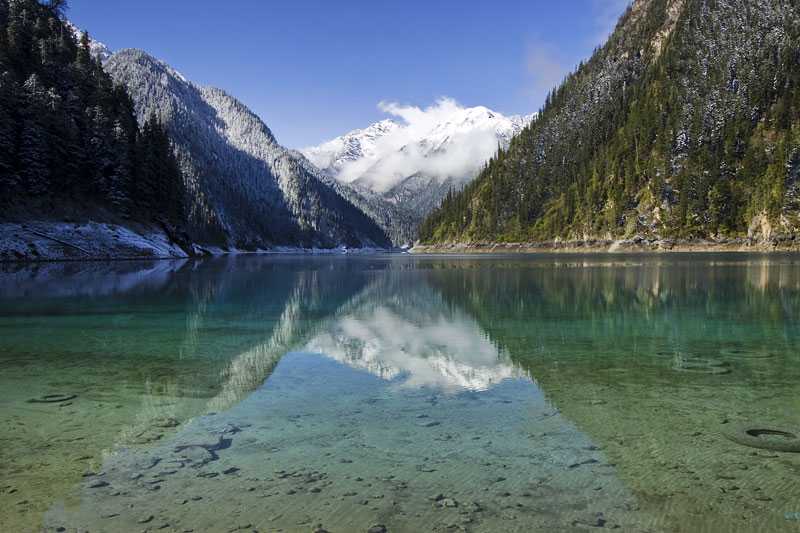Nuorilang Falls
About Nuorilang Falls
Nuorilang means 'grand' or 'majestic' in Tibetan and this incredible waterfall in the Shuzheng Valley of Jiuzhaigou certainly lives up to its name. Measuring 320...
About Nuorilang Falls
Nuorilang means 'grand' or 'majestic' in Tibetan and this incredible waterfall in the Shuzheng Valley of Jiuzhaigou certainly lives up to its name. Measuring 320 m (~1,050 ft) wide by 20 m (~66 ft) high, it is said to be the widest waterfall in China. Nuorilang was declared one of the top six waterfalls in China by a major publication.
Activities
Attractions near Nuorilang Falls
Activities
About Nuorilang Falls
About Nuorilang Falls
Nuorilang means 'grand' or 'majestic' in Tibetan and this incredible waterfall in the Shuzheng Valley of Jiuzhaigou certainly lives up to its name. Measuring 320 m (~1,050 ft) wide by 20 m (~66 ft) high, it is said to be the widest waterfall in China. Nuorilang was declared one of the top six waterfalls in China by a major publication.
Activities
The mineral-rich water encourages trees and vegetation to grow through the flowing water, so the area is alive with natural beauty and vibrant colours. A splendid backdrop of mountains rising up behind the waterfall also enhances the view. In the early morning sun, beautiful rainbows reflect off the water while in the winter the fall transforms into a sparkling ice curtain. A viewing platform offers visitors a spectacular panoramic view of the waterfall at any time of the year. The fall can also be enjoyed from the road if time is short.
A fascinating legend explains the creation of Nuorilang waterfall. It is said that long ago a Buddhist monk brought gifts to the people that lived here. The gifts included a spinning wheel, which a young Tibetan girl learnt how to use very quickly. She took the wheel to a cliff terrace and taught passing girls how to use it. Tragically, a man named Luozha believed the girl was evil and pushed her and the wheel from the cliff. A spring of water instantly burst from the mountain and swept cruel Luozha and his men away, becoming the Nuorilang waterfall we recognise today.



